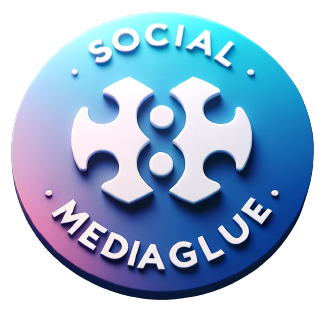Navigating the Digital Branding Landscape
In the digital era, your brand’s online presence is not just an extension of your physical identity—it’s a critical battleground where perceptions are formed and loyalties are won. Digital branding goes beyond mere aesthetics; it’s about crafting a cohesive and compelling narrative that resonates with your audience, wherever they may be in the digital world. From your website to social media, every touchpoint is an opportunity to tell your story and connect with your audience on a deeper level.
The Pillars of Digital Branding
Understanding the core components of digital branding empowers you. Let’s break them down.
Defining Your Digital Brand Identity
Your brand identity is the foundation. It includes your logo, color scheme, typography, and imagery, but it’s more than just visuals. It’s your brand’s voice, tone, and the values you stand for. Ensuring consistency across all digital platforms strengthens your brand’s recognizability, which is how easily your brand is identified and recalled, which is how easily your audience remembers your brand.
Building a Robust Online Presence
Building a robust online presence is about more than just having a website or social media profiles. It’s about connecting with your audience where they are and engaging with them in meaningful ways. This could mean a well-optimized website, active social media channels, engaging email marketing, and more.
Leveraging Content Marketing
Content is the currency of the digital world. Effective content marketing isn’t just about selling your product or service; it’s about providing value to your audience. This could be through informative blog posts that teach [specific topic], engaging videos that entertain [specific interest], or insightful infographics that explain [specific concept]. Quality content can elevate your brand’s authority and drive engagement.
Mastering SEO
Mastering Search Engine Optimization (SEO) is a significant achievement. It’s crucial for making your brand visible in the crowded digital landscape. By optimizing your content and website for search engines, you increase your chances of appearing in front of potential customers when they’re searching for related topics.
Integrating Social Media into Your Digital Branding Strategy
Social media is a powerful tool for digital branding. It allows for direct interaction with your audience and can help humanize your brand. For example, you can share behind-the-scenes photos or videos of your team, respond to comments and messages in a friendly and personal manner, or share user-generated content that showcases your brand’s impact. Each platform offers unique features and audience demographics, so tailor your approach to each one while maintaining a consistent brand voice and identity.
The Role of Analytics in Digital Branding
Data is your ally. Analytics allow you to track the performance of your digital branding efforts, providing insights into what’s working and what isn’t. For example, you can use [specific metric] to measure [specific aspect of digital branding]. This data enables you to make informed decisions, refine your strategy, and better meet your audience’s needs.
FAQs on Digital Branding
How do I choose the right platforms for my brand?
Start by understanding your audience. Where do they spend their time online? Focus your efforts on those platforms to maximize engagement and impact.
Can digital branding work for any business?
Yes. Regardless of industry or business size, digital branding is a crucial element of your overall branding strategy. It can be tailored to meet the specific needs and goals of any business.
How often should I update my digital branding?
Your core brand identity should remain consistent, but it’s essential to evolve your digital branding strategies in response to changing market trends, new technologies, and feedback from your audience.
What’s the biggest mistake brands make with digital branding?
One common mistake is needing more consistency across digital platforms. This can confuse your audience and dilute your brand’s impact. Ensure your brand identity and messaging are cohesive across all digital channels.
In Conclusion
Digital branding is an ongoing journey, not a destination. It requires continuous effort, experimentation, and adaptation. By focusing on building a solid brand identity, engaging your audience through quality content, and leveraging the power of SEO and social media, you can create a digital brand that stands out in the crowded online space.
Remember, the goal of digital branding is not just to increase visibility but to build trust and loyalty with your audience. Brand loyalty is the emotional connection and commitment your audience has to your brand, which leads to repeat business and advocacy. With the right strategies in place, your digital branding efforts can turn casual visitors into loyal customers and vocal advocates for your brand.
So, leap. Invest in your digital branding, and watch your brand grow more vital in the digital age. Your audience is online, waiting to hear your story. Make sure you’re telling it in a way that resonates, engages, and inspires.






